Text
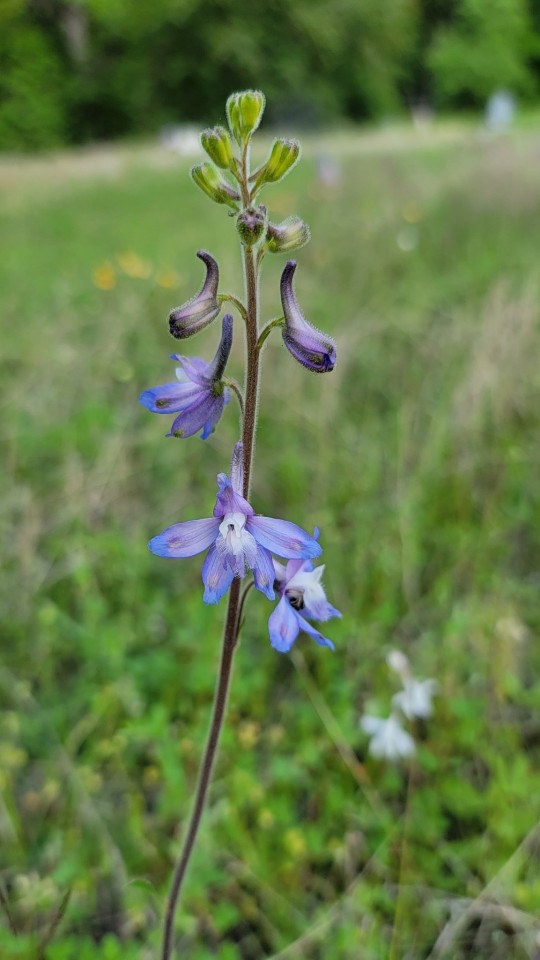


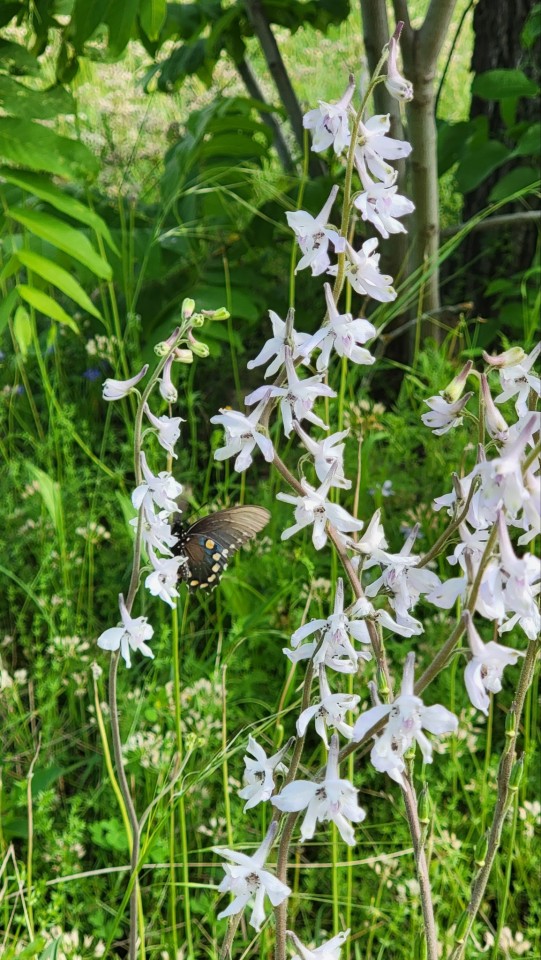

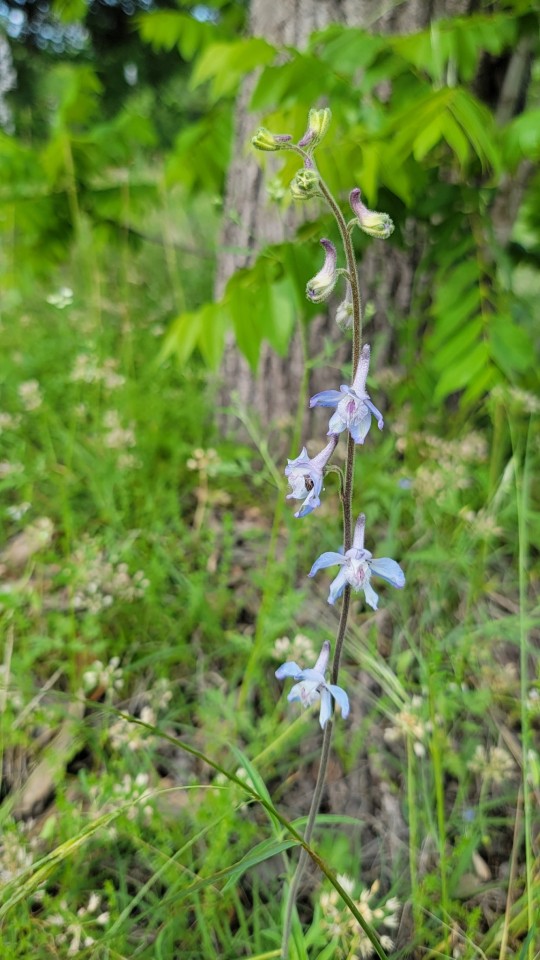
Prairie larkspur (Delphinium carolinianum).
18 notes
·
View notes
Text

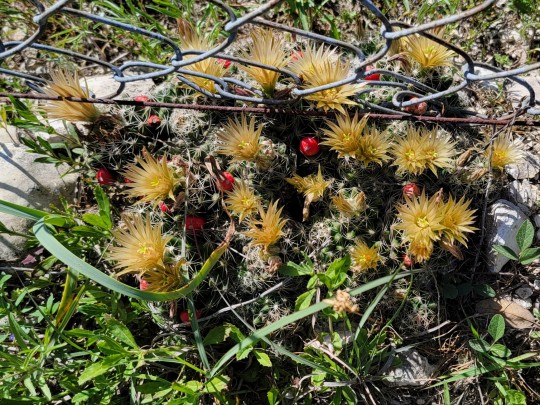


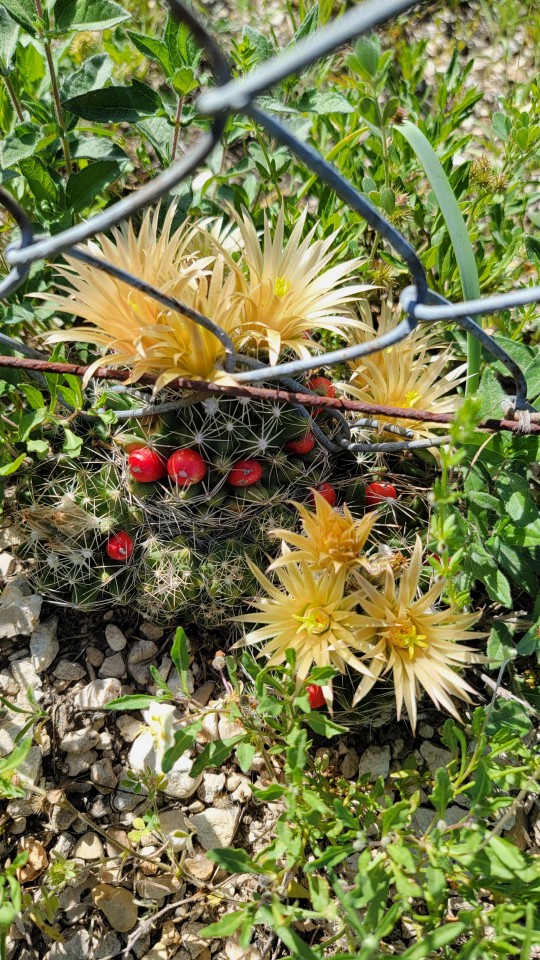

Escobaria missouriensis.
62 notes
·
View notes
Text

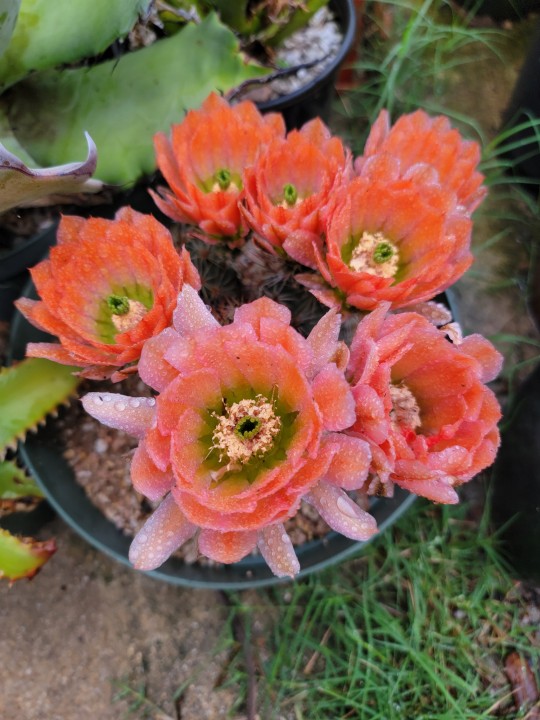

I was going to make one big post with all the cactus flowers from the past few weeks, but this is a new plant I'm obsessed with. One of the local nurseries got a shipment of various Echinocereus. This was labeled E. viridiflorus, which I knew was wrong (size, appearance, buds much too large), but the buds also looked too large to be E. triglochidiatus, the other species they had. So I took it home, and the brown buds eventually opened to beautiful coral flowers. This is a hybrid, possibly one of the naturally occurring ones like x lloydii or x roetteri. Both are supposed to be crosses of E. coccineus (typically red-flowered) and E. dasyacanthus (typically yellow-flowered), with the main distinction apparently being where the population originated. The hybrids are fertile and display tons of variety in spination, size, and flower color. Like all cacti, this one is extremely popular with our native pollinators. I'm hoping it sets fruit!
13 notes
·
View notes
Text
I had a bunch of meltdowns yesterday so my husband took me to see the ferns of the Sonoran desert. Here they are. You probably didn't know that the desert has ferns but it definitely does! They're super cool and adapted to high heat and little water. There are many species but we only found three right now. They like rocky outcroppings underneath trees and they frequently grow near seasonal creeks. Nobody grows these guys unfortunately. They're much more interesting than the ferns for sale in most nurseries, I think.

Here's the first fern. Pellaea truncata. Spiny Cliff Brake. It has a very unique look. Notice the bluish leaves that help handle excess light. There was a lot of this guy!
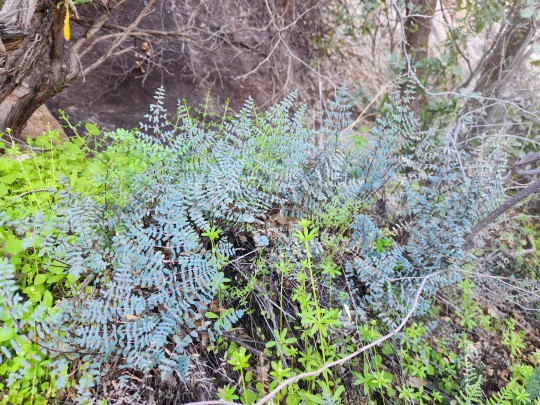

This fern was growing right next to the first! It's Myriopteris fendleri, we think, but we're not a hundred percent sure. Fendler's Lip Fern. These guys are a more traditional looking fern, but very small. Here's a pen for scale.
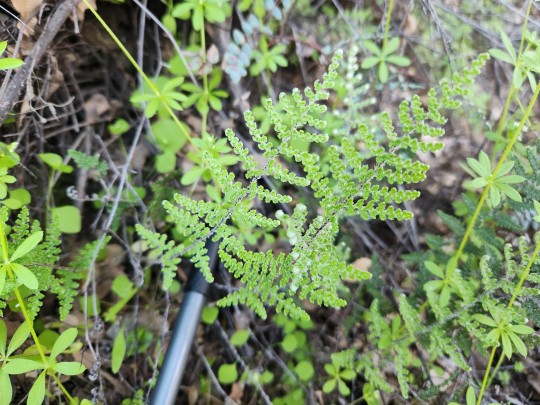
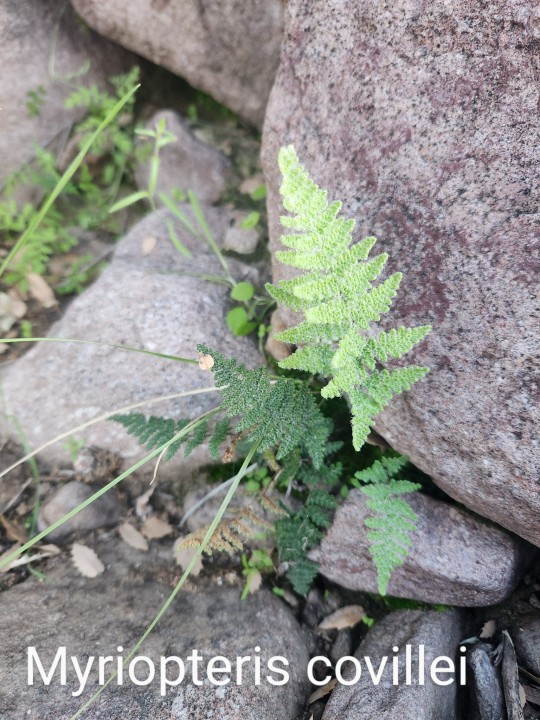
This one I found all by myself! A big milestone for a new fernhead! This is Myriopteris covillei. Coville's Lip Fern. Look at the back of the leaves! I think they recently made spores!

Anyway, I will keep you posted on my fern adventures. Sadly desert ferns are not much studied or cultivated by the native plant people. Not one of these are at any of the local botanical gardens. It's very sad.
#alas they can be quite fussy since they are adapted to very specific microclimates#they do best in crevice gardens that mimic their natural habitats#plant delights has a good article on growing dryland ferns by dr. patrick mcmillan#definitely doable just not the easiest
758 notes
·
View notes
Text


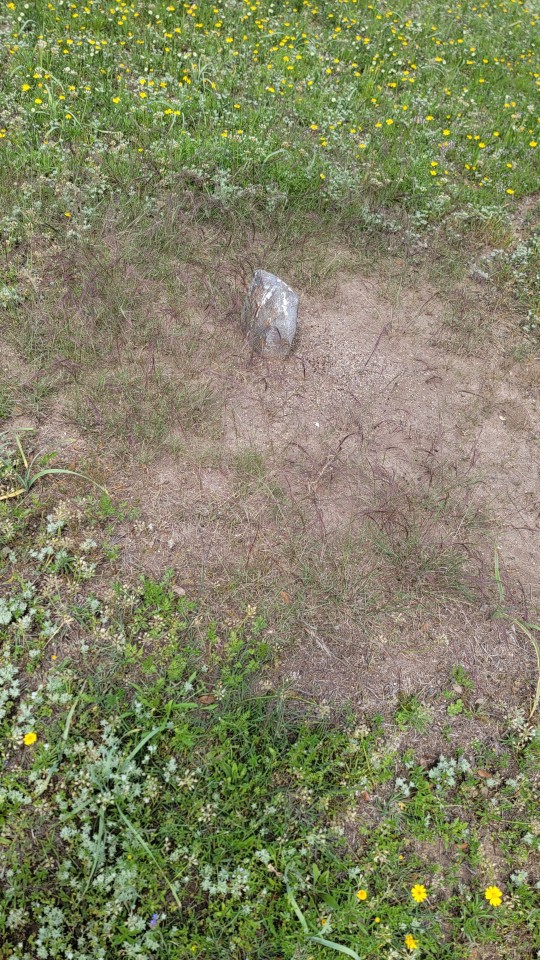
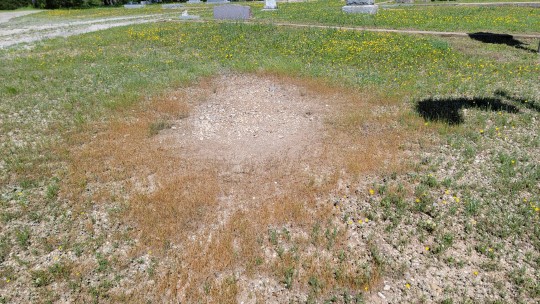
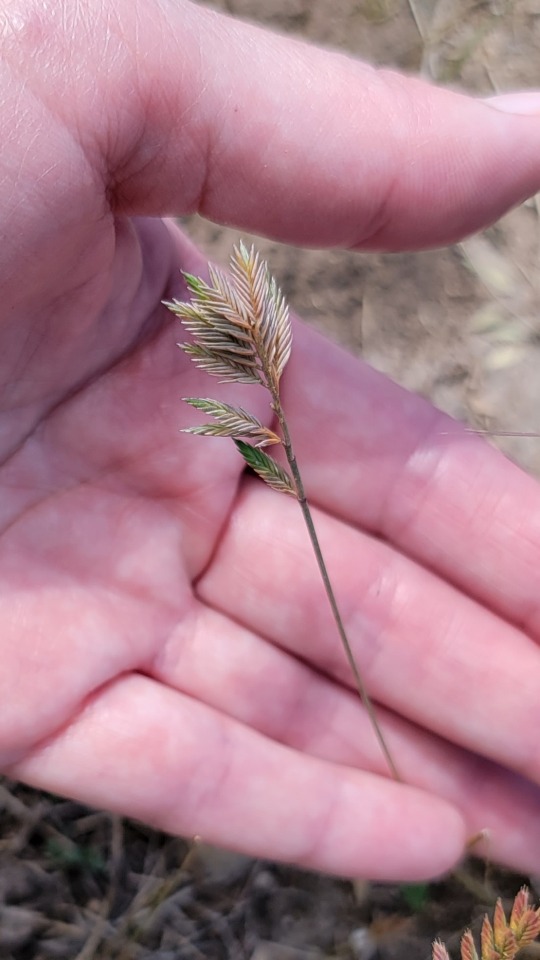

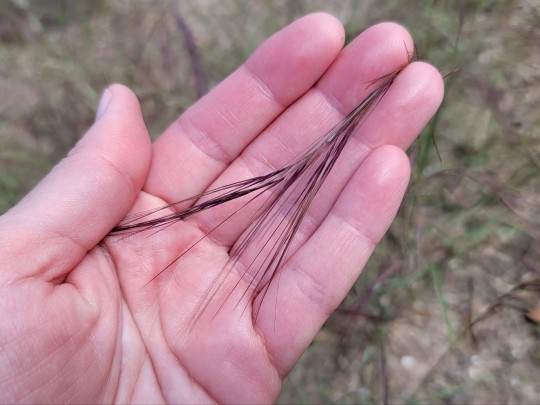

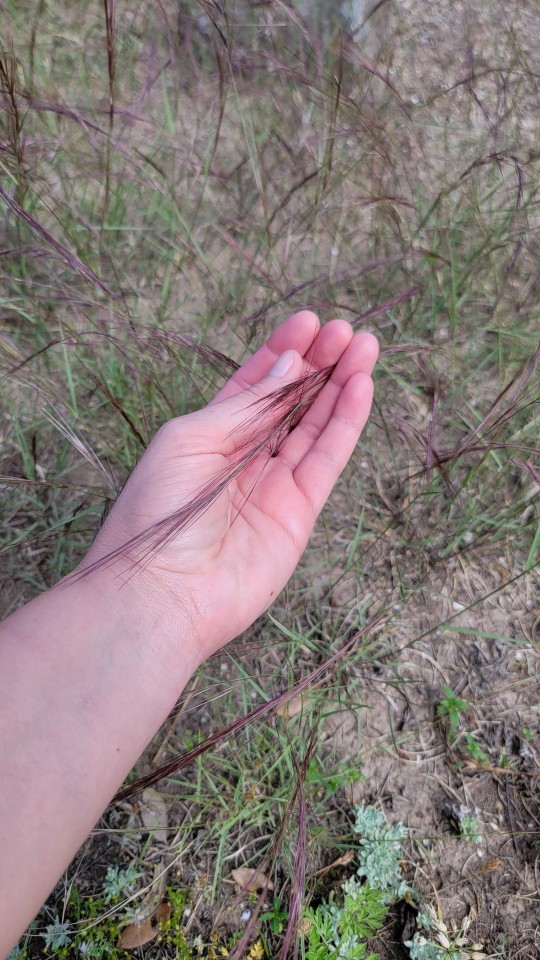
Red harvester ant (Pogonomyrmex barbatus) nests are extremely conspicuous because the ants clear out vegetation growing within a certain radius of the entrance, as well as along favored paths. In this case, at this time of year, two species of grass are not only overrepresented along the perimeter, but actually growing within the normally barren zone: purple three-awn (Aristida purpurea), and what I am reasonably certain is six-weeks fescue (Vulpia octoflora, but I could be wrong). Some studies have shown that plants growing on harvester ant nest rims are more resilient to stress from drought and overgrazing. They certainly give these smaller grasses some relief from competing with the dense and diverse population of herbaceous species that lie outside the nest perimeters. The ants themselves are seed harvesters, and while they gather from a wide variety of sources, having grasses right on their doorstep probably works out to their advantage too.
11 notes
·
View notes
Text


Little bluestem (Schizachyrium scoparium), another prairie bunchgrass that is at its most striking when not subjected to a landscaper's neurotic fall buzzcuts. The new leaves are very green right now, but here's a plant from just down the road during last summer's intense heat and drought:
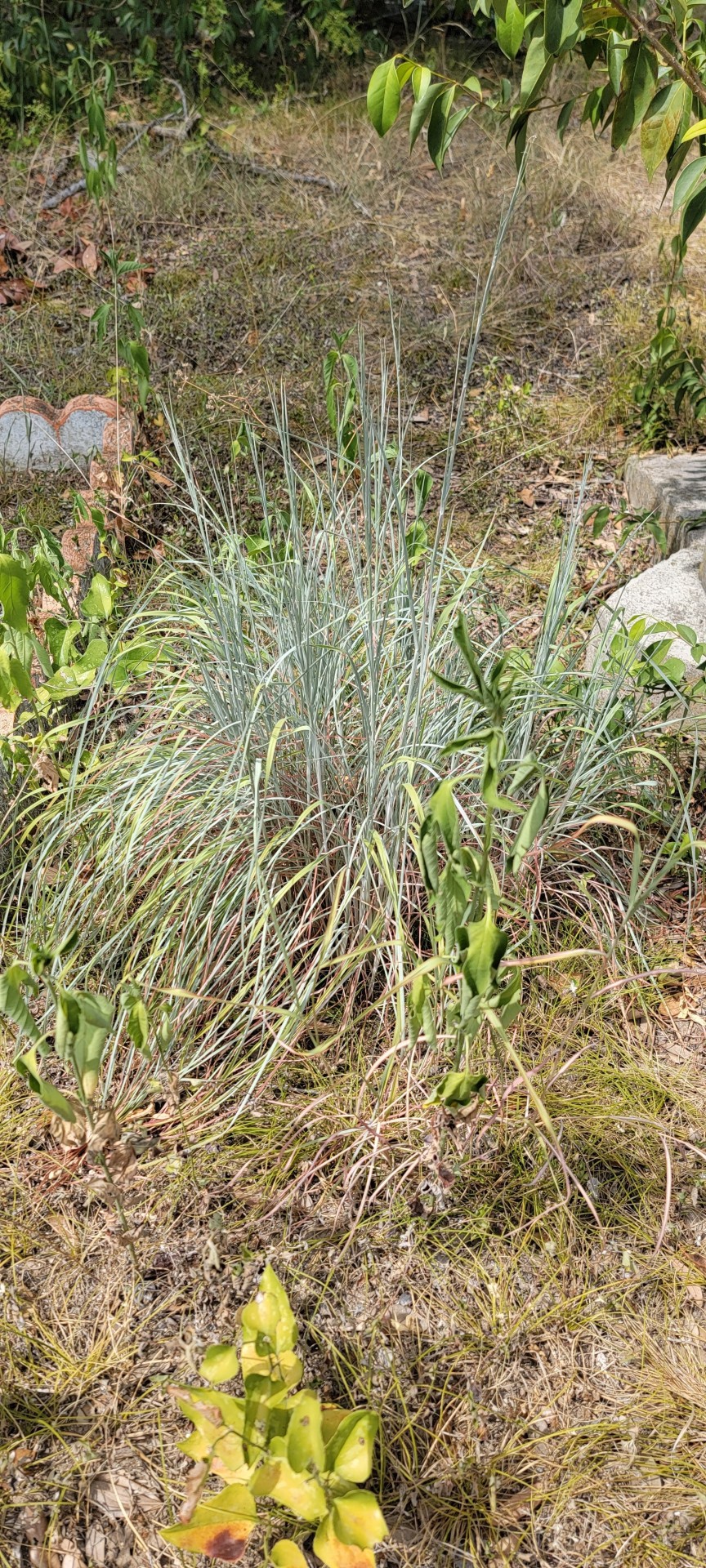
8 notes
·
View notes
Text
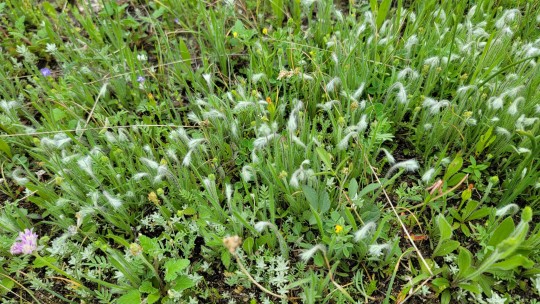
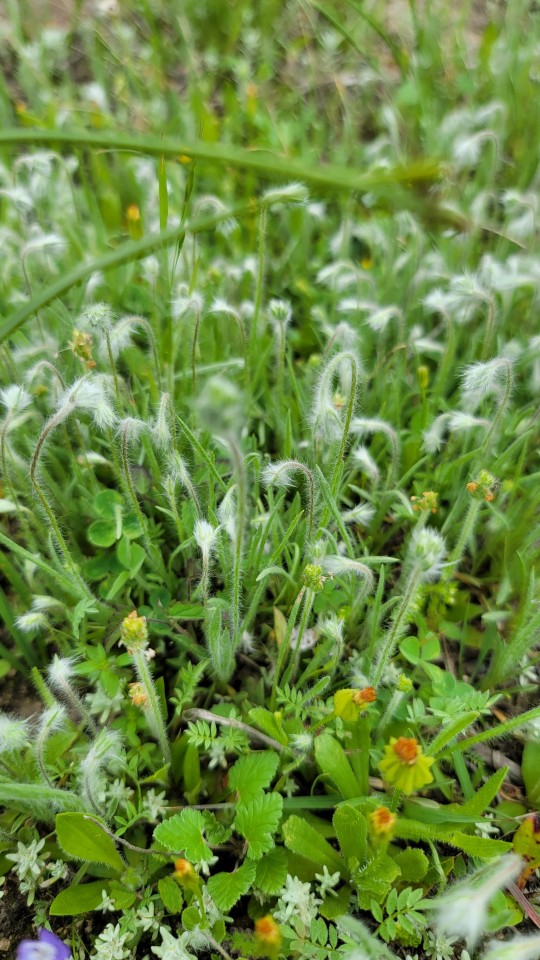
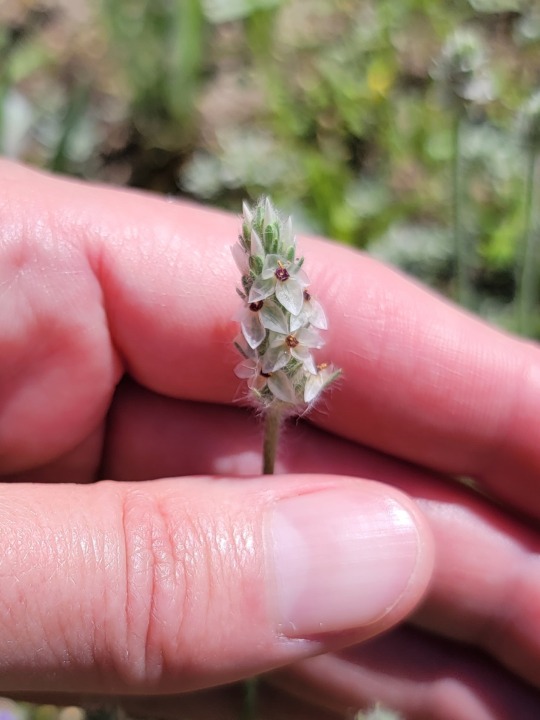

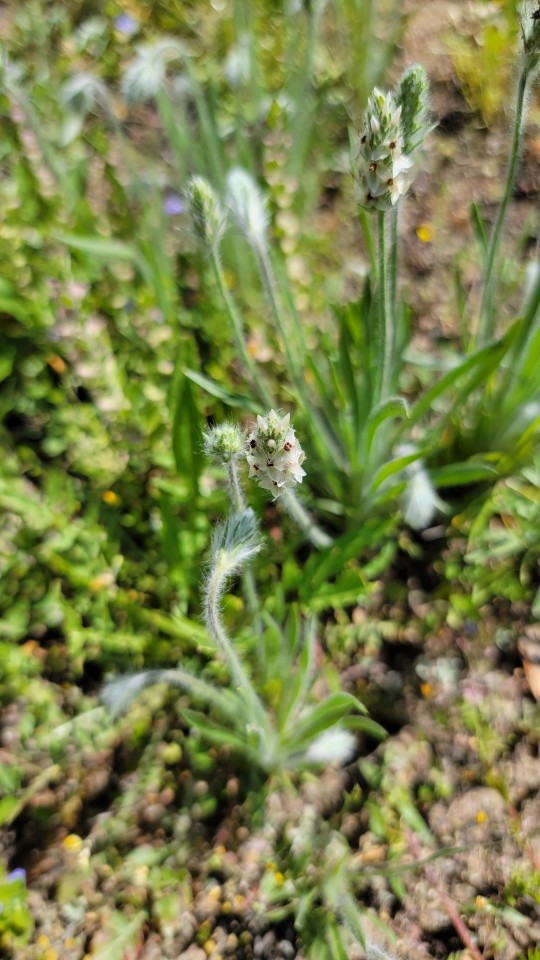
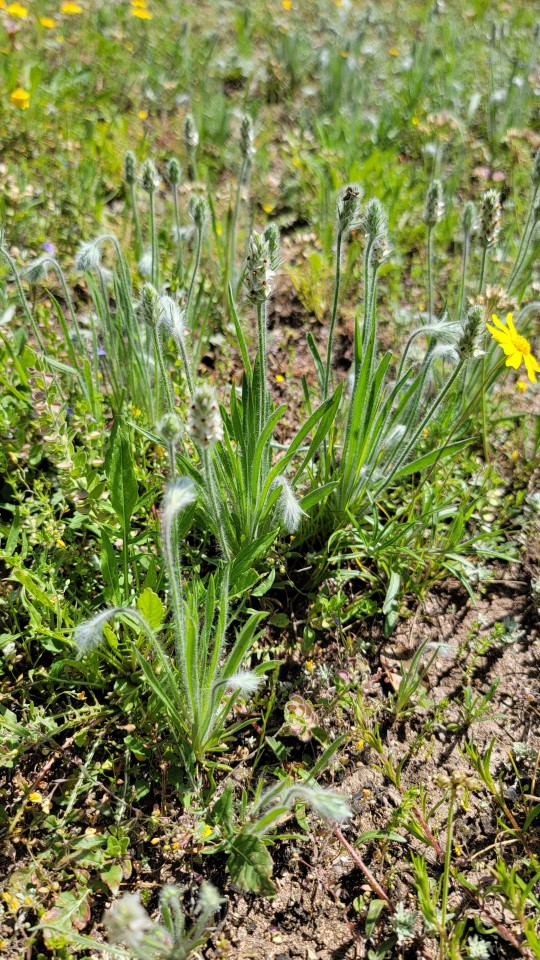
Cedar plantain (Plantago helleri), a remarkably underappreciated native plantain. The inflorescenses first capture your attention as they emerge nodding, furry, and white, before straightening out and assuming the form of something like a miniature verbascum. They're lovely in masses, stay under a foot tall, and could be a wonderful addition to a mixed native lawn substitute in the right soils.
24 notes
·
View notes
Text
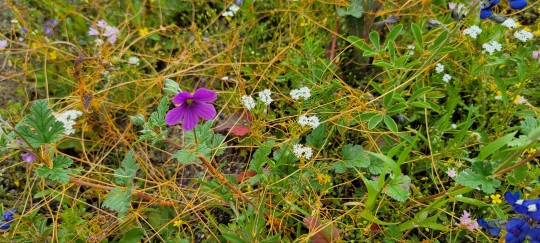

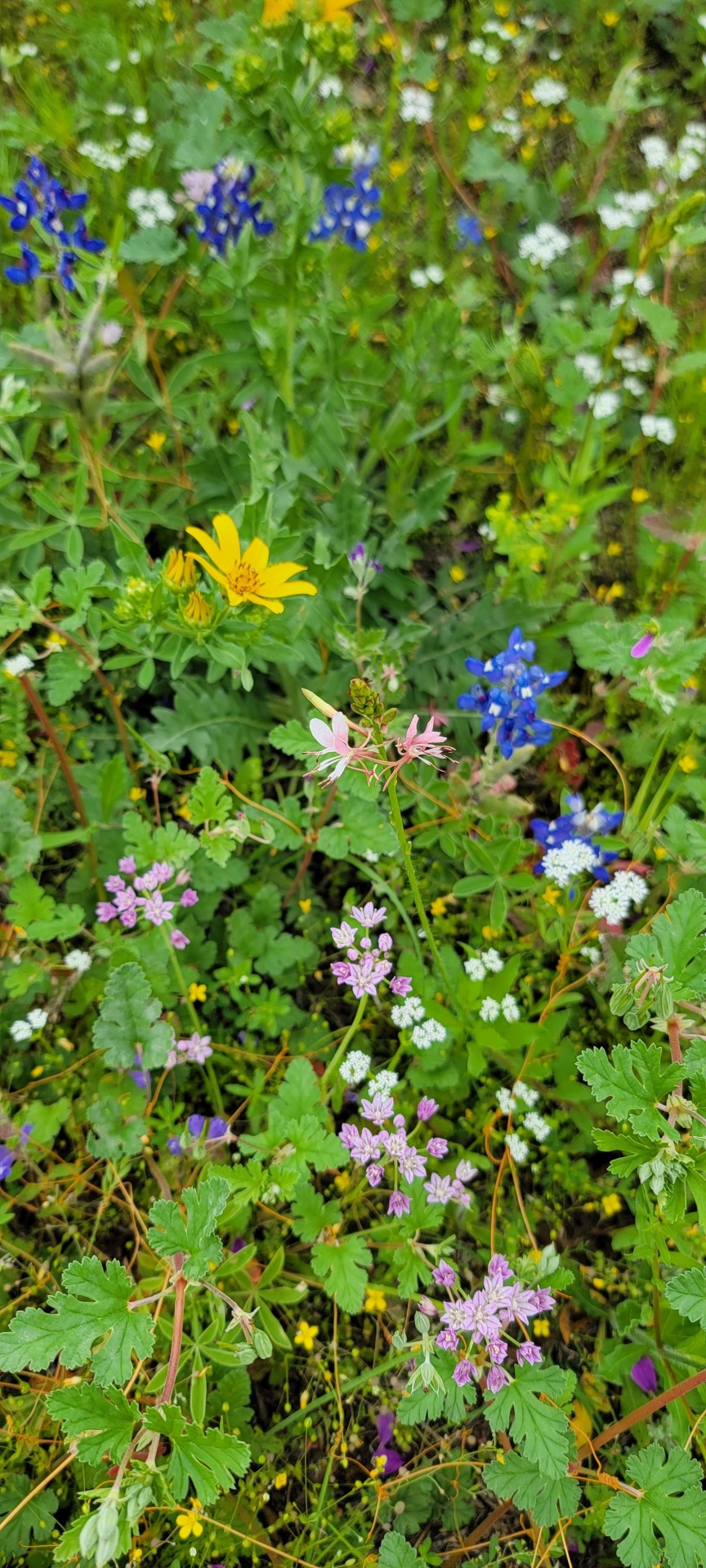

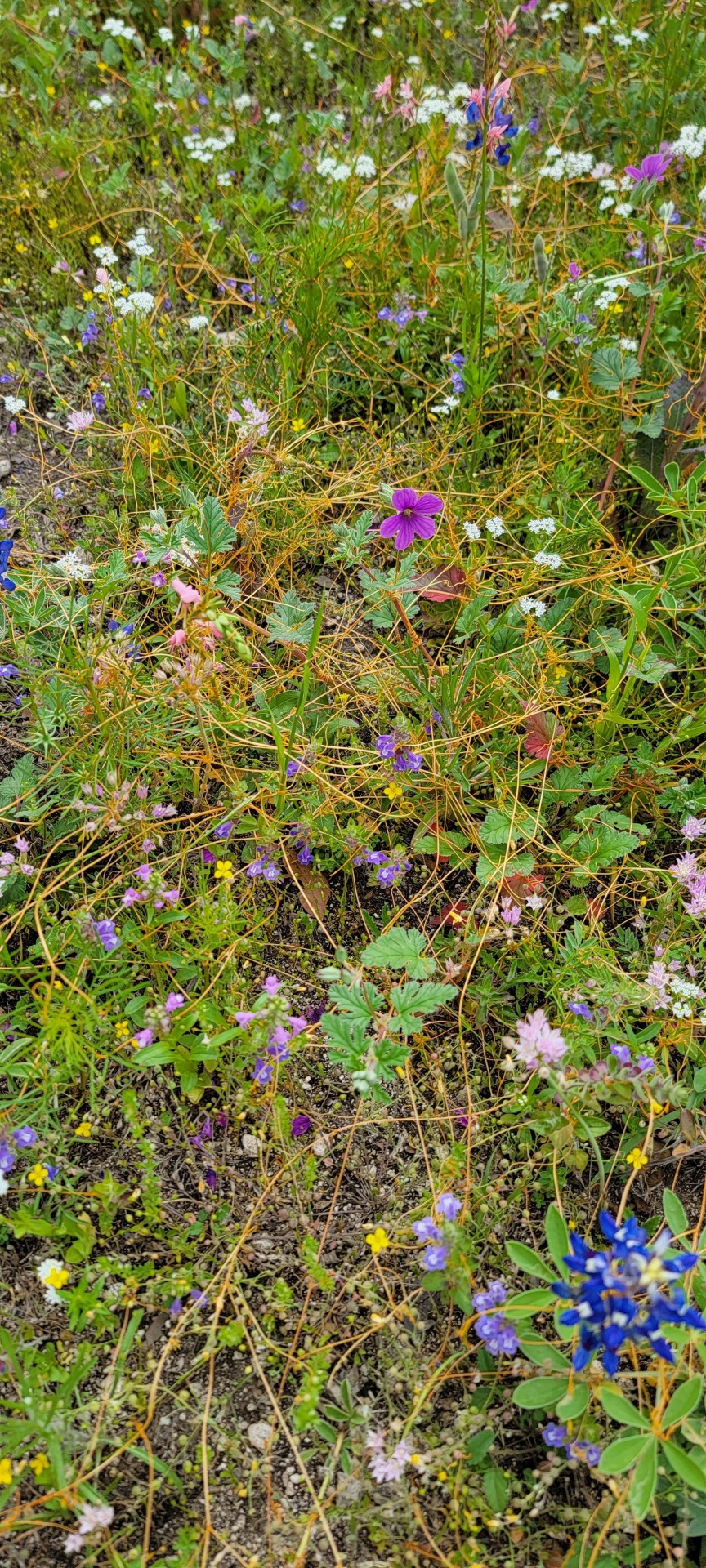
Dodder (Cuscuta spp). Both native and invasive species occur in Texas, but they are difficult to distinguish, especially out of bloom. This parasitic plant germinates in the soil and begins seeking a suitable host immediately. When it finds one, it attaches itself and infiltrates the host's vascular system. Once attached, it no longer has any need to remain directly bound to the soil itself, so the seedling root dies, and the plant continues to grow outwards, infesting new hosts along the way.
17 notes
·
View notes
Text


Broomrape (Orobanche or Phelipanche spp.), an economically significant invasive genus. Some species parasitize agricultural crops, reducing yields. Unless careful monitoring is done, it's typically undetectable until it blooms.
I'm not certain which species this is, but it's growing in my neighborhood park. The neighborhood itself is built on former farmland, and alfalfa still pops up reliably every spring. With that said, the plants would have to be carefully dug up in order to see exactly what they have attached themselves to.
6 notes
·
View notes
Text


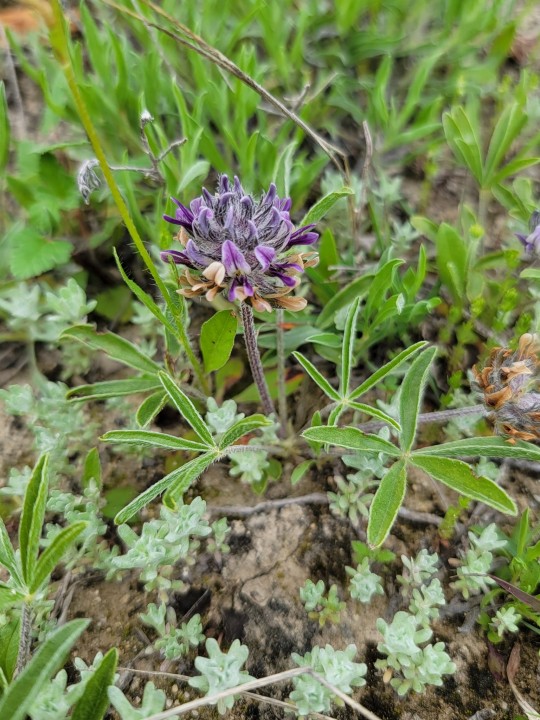

Little breadroot (Pediomelum hypogaeum), a petite relative of prairie turnip (Pediomelum esculentum) that also bears an edible root, though at this size you'll need a lot to make a meal.
17 notes
·
View notes
Text
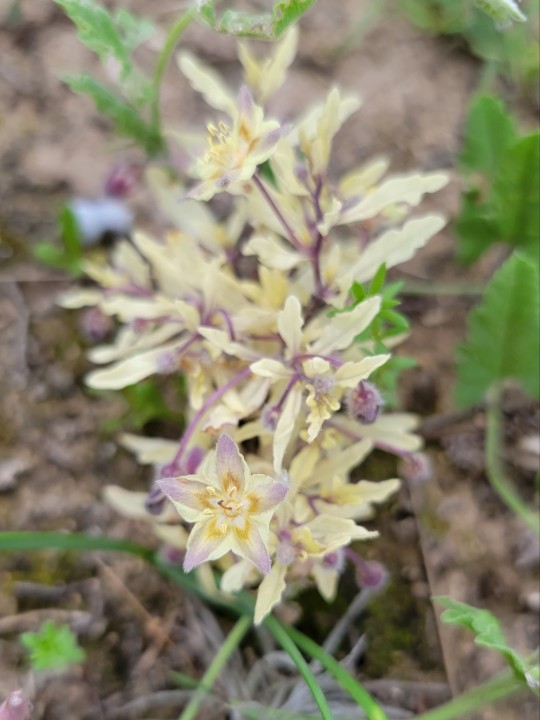

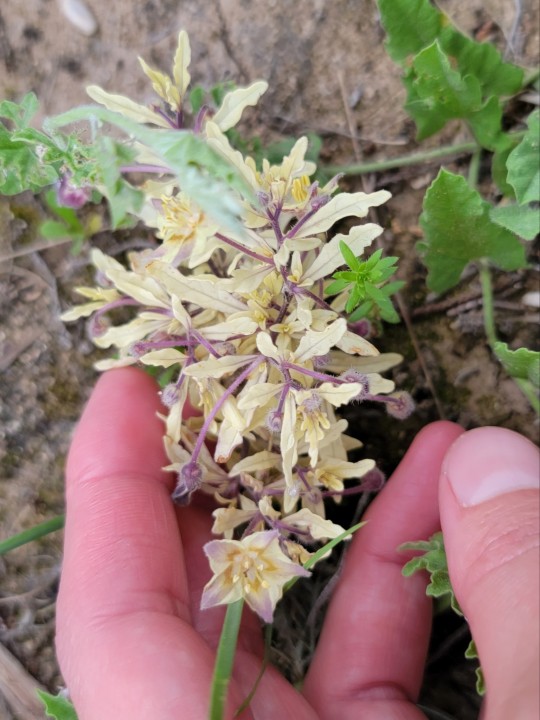
Well, this is interesting. A Chamaesaracha coniodes completely devoid of chlorophyll, which has not only survived past the seedling stage, but is feeling peppy enough to bloom. I did check to see if it was just a sport branch on an otherwise normal plant, and it doesn't appear to be. It has to be obtaining nutrients in some manner, perhaps by tapping into the roots of a nearby relative, but I don't know for certain, and I was not aware nightshades could even do that. Any real botanists are welcome to chime in.
47 notes
·
View notes
Text
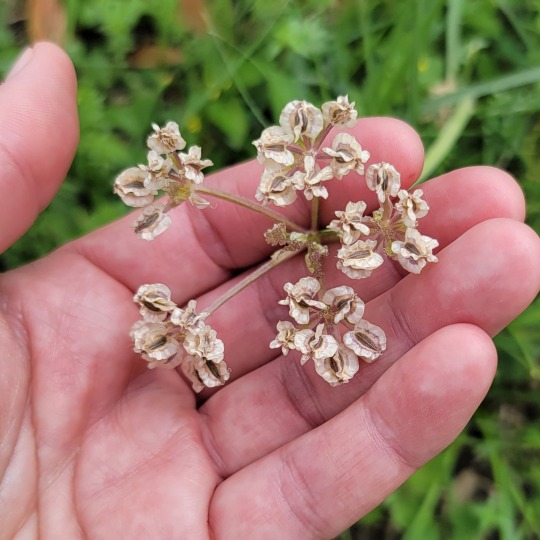



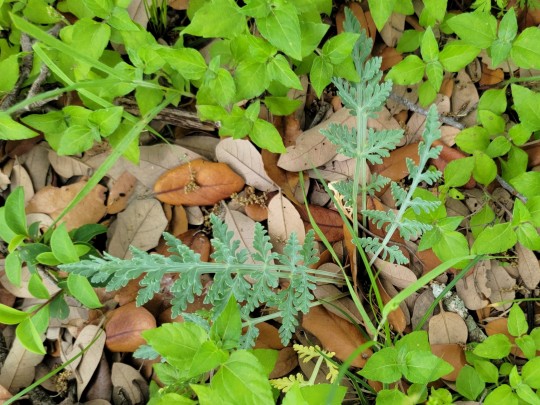
Bigroot springparsley (Vesper macrorhizus) is a very early blooming wildflower which I unfortunately didn't manage to catch in bloom this year. The seeds and leaves are still very lovely in their own right.
7 notes
·
View notes
Text

Star milkvine (Matelea biflora).
18 notes
·
View notes
Text

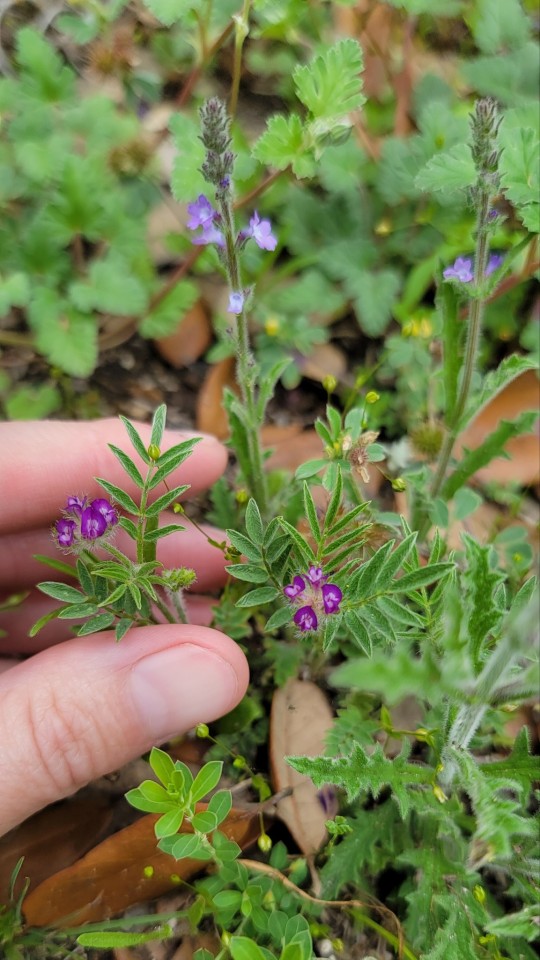
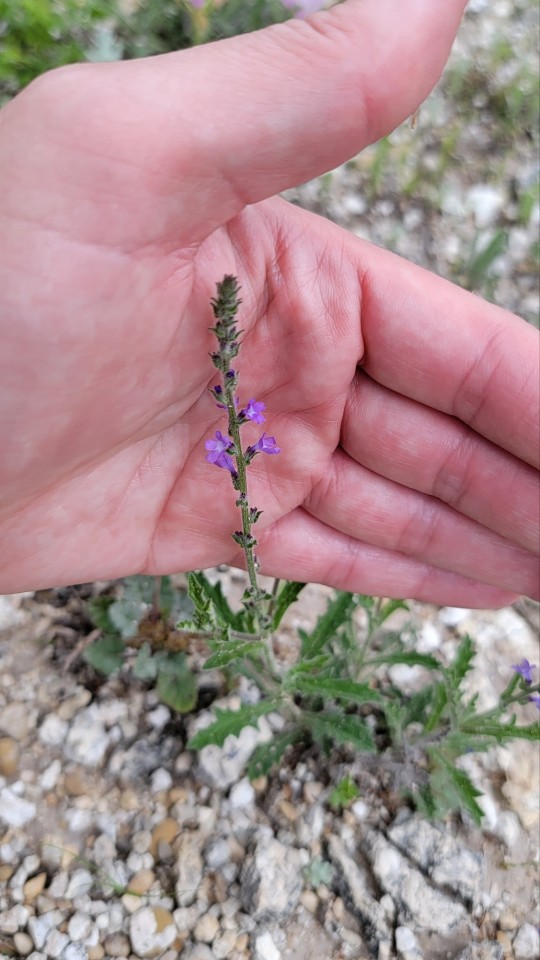
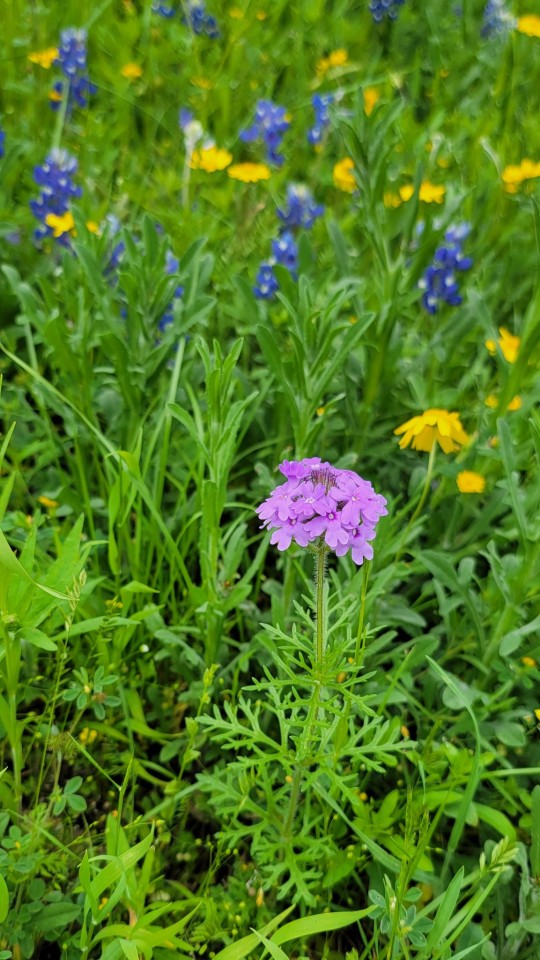

Purple part 6: Small-flowered milkvetch (Astragalus nuttallianus), gray vervain (Verbena canescens), prairie verbena (Glandularia tenuisecta) and false dayflower (Tinantia anomala).
18 notes
·
View notes
Text







Purple part 5: Texas spiderwort (Tradescantia humilis)
14 notes
·
View notes
Text

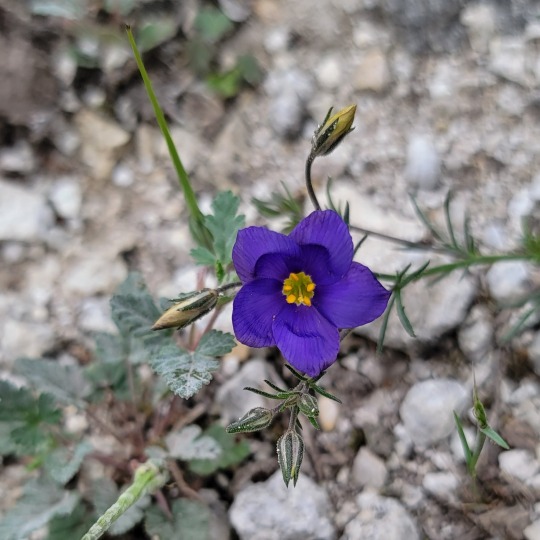



Purple part 4: Bluebowls (Giliastrum rigidulum)
9 notes
·
View notes
